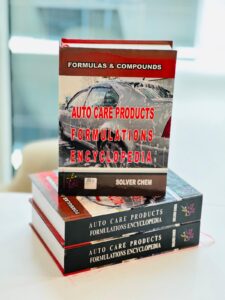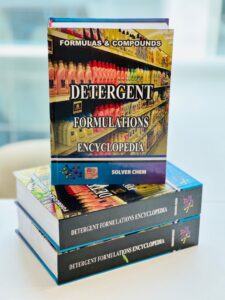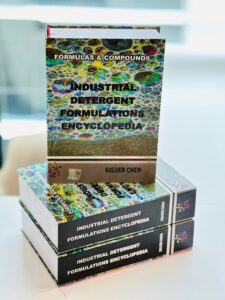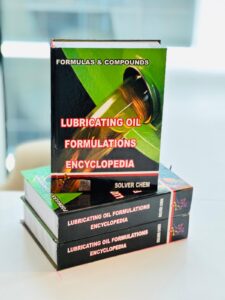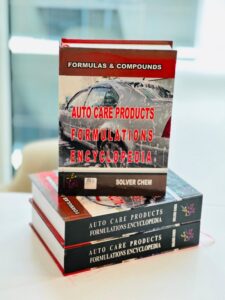
Gel-based alkaline wheel cleaners are a specialized type of automotive cleaning product engineered to combine the powerful degreasing and cleaning action of an alkaline (high pH) formula with the superior adhesion properties of a gel.
Here is an overview of their formulation, process, and key properties.
I. Formulation and Composition
The formulation of a gel-based alkaline wheel cleaner focuses on two main goals: achieving high cleaning efficacy against organic/oily soils (alkaline) and creating a high-viscosity product that sticks to vertical surfaces (gel).
Key Chemical Components
Manufacturing Process
The process involves careful mixing of the components, paying close attention to the order of addition to properly activate the thickener:
- Water Phase Preparation: The primary carrier (water) is heated slightly (optional) and the chelating agents are added and dissolved.
- Alkaline Addition: The alkaline sources (e.g., potassium hydroxide) are slowly added to the water. This step is exothermic (releases heat) and requires careful handling and mixing.
- Thickening: The thickening agent (polymer) is dispersed. Depending on the type of polymer, this step may require a specific adjustment to achieve the final gel viscosity.
- Surfactant and Solvent Addition: The non-ionic surfactants and performance-boosting solvents are incorporated under controlled mixing to prevent excessive foaming.
- Quality Control: The final product is checked for level, viscosity (thickness), and stability before bottling.
II. Key Properties and Benefits
The gel format provides significant functional advantages over traditional thin, liquid alkaline cleaners.
Important Consideration
Due to their high alkalinity, gel-based alkaline cleaners, especially at full strength, are typically recommended only for factory-painted, clear-coated, or powder-coated wheels. They are generally not safe for sensitive finishes such as:
- Polished or Bare Aluminum
- Anodized
- Chrome (in some cases)
- Magnesium Alloys
The strong can dull, stain, or etch these sensitive surfaces if left to dry or dwell for too long.

